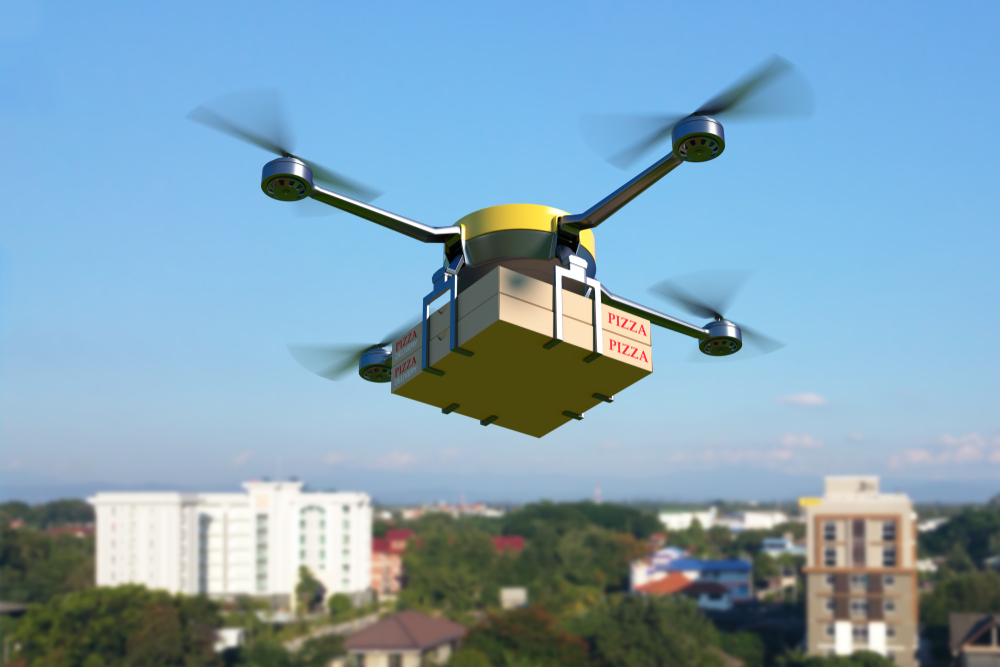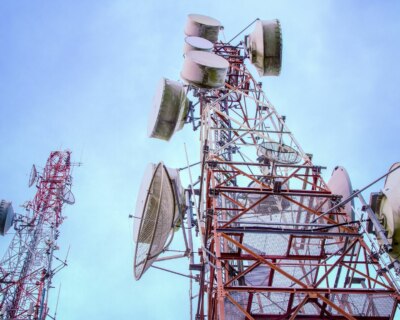
Top 10 inventions of the Decade
The 2010s were packed with historic events, both nationally and around the world. And while there are plenty “end of the decade” lists focused around political and cultural milestones, some of the biggest changes from the last decade weren’t spurred by events, but rather inventions. In fact, many of the technologies we now rely on only came into existence over the past 10 years.
These inventions have undoubtedly made our lives better by not only making our day-to-day lives more convenient, but also by providing work opportunities to tens of thousands. It’s important to note that the invention of these technologies wasn’t the only hurdle to getting them into the hands of consumers. Many of these technologies also faced pushback from governments, primarily at the state and local level. If these technologies weren’t able to make it through the red tape, our lives may not be what they are today. In the following list, we’ve highlighted the best technologies of the decade in terms of how consumers interact with them in their daily lives.
- Ridesharing: In 2010, Uber kicked off the rideshare revolution when it launched in San Francisco. Gone were the days of needing to hail a ride from a taxi in the street, as Uber customers can order rides using their smartphone which also handles payment and navigation. It was also a boon for those driving, as they could earn income using their own vehicles and pick their own hours. Uber was more than just the beginning of the rideshare revolution, it also marked the beginning of the gig economy. As millions of people around the world rely on ridesharing for a safe ride home every day, it’s easy to forget that this wouldn’t have been an option just a decade ago.
- iPad: With more than 360 million units sold over its lifetime, it’s no surprise we included the iPad on our list. But, this life-changing invention from Apple is much more than just its genius design. Its emergence also represented the next step in computers. Rather than using a mouse and keyboard, the iPad relied on its touch screen and apps to deliver an experience to users. This made the experience not only more user friendly toward people who found traditional computers intimidating, but it also allowed for businesses to utilize them in a variety of ways.
- Square: Speaking of ways to use iPads, the revolutionary app Square gave anyone with a smartphone or connected tablet the ability to process credit card payments in seconds. Small businesses like food trucks have come to rely on Square and other similar apps to make their businesses run. As both the self-employed economy and financial technology industry continue to evolve, Square merges those two ideas into one. As the next decade approaches, the continued evolution of financial technology will continue to make sending payments easier and reduce transaction costs, but Square will be seen as a turning point for the technology.
- Self-Driving Cars: Although not yet a staple of our daily lives, self-driving cars have the potential to transform our modern world and even the layout of the places we live. Self-driving cars have the potential to virtually eliminate accidents, saving thousands of lives and billions of dollars in costs. They can also make travel more efficient, which means cities can extend further. This would allow for more people who can’t afford to live in city centers to access jobs and opportunities that otherwise would remain unreachable to them.
- AI assistants: In 2009, who thought we would be living in a world a decade later where people would routinely confuse the name of their AI assistants? Siri and Alexa, anyone? While this technology is still in its infancy and can only perform relatively simple tasks, it doesn’t take much imagination to foresee that they will become much more integrated into our daily routine in the coming years.
- Crowdfunding: If the early days of the internet saw the democratization of information, the past decade ushered in the democratization of financing. Kickstarter burst on the scene with an innovative, yet simple concept: allow people to put their ideas online and see if they can find funding from people who are interested in seeing their project or initiative completed. Previously, creators had to self-finance or go to an established company or financier to fund their projects. Websites like Kickstarter changed that by allowing creative individuals to go directly to people to find the resources they needed. This has not only allowed individuals to find financial backing for their dream projects, but it has also provided a lifeline to people in need. Go Fund Me hosts 250,00 medical fundraising campaigns each year and brings in more than $650 million for those in need.
- Delivery Drones: In the late 2010s, Amazon changed the delivery game again with the launch of its high-profile delivery drones. The delivery drones aim to not only speed up delivery times but also make an impact in cutting down on traffic and energy usage. Most people don’t know that the most exciting uses for drone delivery technology is not in developed countries like the United States but in the developing world. Companies like Zipline are able to deliver lifesaving medicine using drones in places where infrastructure didn’t previously allow for such deliveries. This innovation has already saved thousands of lives and will certainly save countless more.
- Smartwatch: With all the technology currently sitting in our pockets, it’s easy to overlook the amazing innovations we now wear on us. Smartwatches don’t just simply provide another way for us to answer our texts or listen to music. When utilized appropriately, they can also improve our health. As these devices improve and build upon the health data they can detect and collect, our medical professionals can have access to more long term and accurate information. As telehealth continues to advance, our medical visits should become more productive or, even better, drastically reduced. Plus, smartwatches are a great tool for reminding us to get off the couch and exercise.
- Rentable E-Scooters and E-Bikes: While electric scooters and bicycles have been around for longer than a decade, the idea of renting the devices through an app was the true innovation for these modes of transportation. No longer did people have to find vendors and brick and mortar locations to both rent and return them. Instead, they could use the app to locate the device and simply leave them at their final destination, where someone else would then rent them. While cities are still figuring out how to deal with this new technology, it is on its way to revolutionizing how people travel around the world.
- Nintendo Switch: We may be a bit biased, as the Pelican Institute team has much love for Nintendo Switch. For those of us who remember the Gameboy as the only way to survive long car trips or flights, the Switch is revolutionary. Graphics and gameplay that would have required a large console or PC just a mere decade ago now fit comfortably in your hand and have a longer battery life as well. We’re sure both fans of both Nintendo and the peace and quiet they offer on trips find this device as revolutionary as we do.
It was an incredible decade for technology and changed the way we lived our lives. If we want the next generation of technology to change our lives over the next decade, we will need to ensure that government regulations don’t stop technological progress in its tracks.



